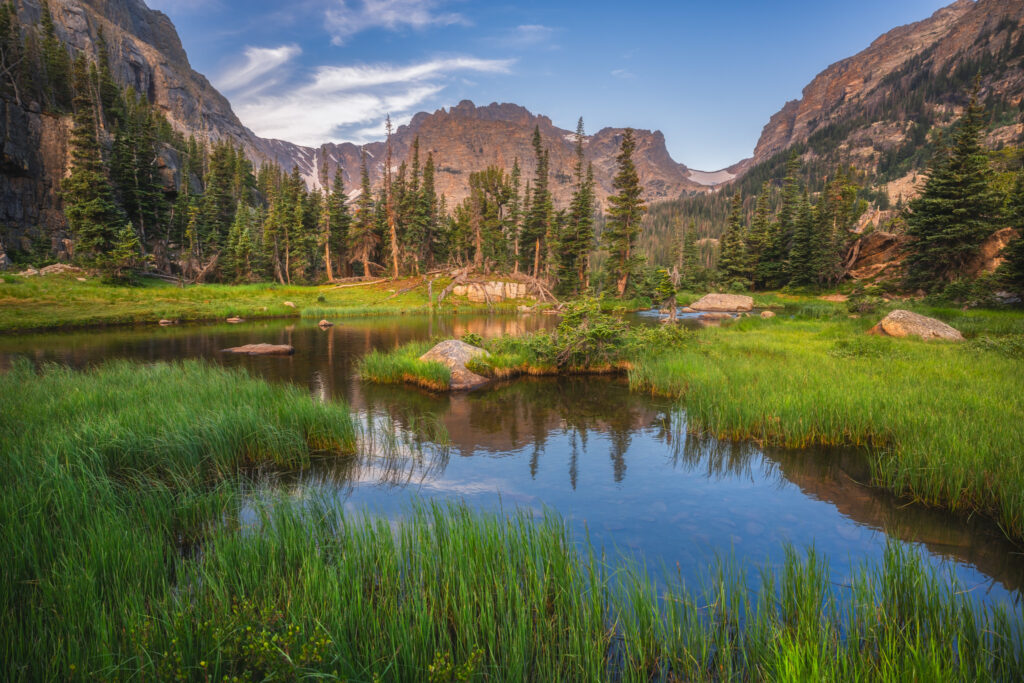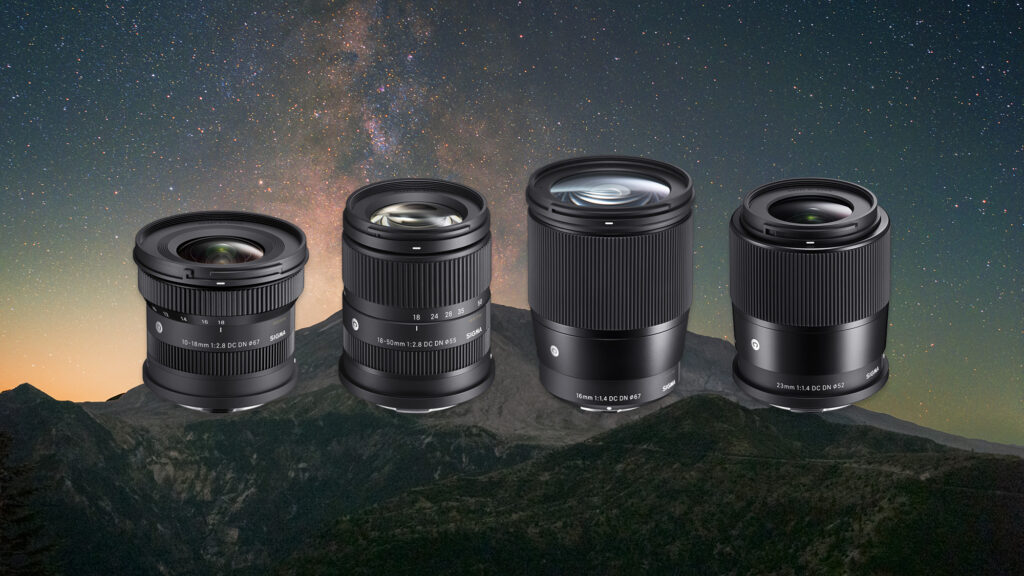2020 began with so much promise. My calendar was filled with travel that made the landscape photographer in me giddy with excitement. Personal trips were planned to Turks & Caicos, the Tetons and Italy. And I looked forward to hosting my five sold out ladies’ landscape photography retreats in the Tetons, Chicago and Banff.
On the heels of arriving home from a few days in the Tetons in late February, the coronavirus had ramped up in Italy and it became clear we’d have to reschedule our family’s spring break. Shortly after that, the country declared a state of emergency and it quickly became clear that we’d be house bound and the landscapes I hoped to explore would be traded for the brown backyard view that comes with late winter in the Chicago suburbs.
Certainly this was disappointing, and I spent a few moments indulging the sadness of losing these anticipated experiences. However, it was a small loss relative relative to what others are experiencing during this pandemic. The health and safety of many is in jeopardy and the clear and best choice is to stay home.
In the last few weeks, I have had moments wondering about the point of photography right now when there are bigger things that matter. When people’s lives and livelihoods are at stake, it can be hard to see how spending time behind a camera matters. Why take pictures and why share them? But they do matter. They matter because they document this time. Even the images of nature matter because they offer a glimpse of beauty in an uncertain time. The sun still rises and sets, the birds still chirp and the spring flowers will bloom. These images offer hope and fill our eyes and minds with something beautiful amidst the constant anxiety producing news that fills our screens.
Quite often when I am between trips, I put the camera down for a little while and spend my photography time editing my travels and working on business tasks. I could easily have spent the last three weeks doing only that as I have plenty of backlog from past travel to keep me busy. But one morning, I noticed the birds were coming back to the tree outside my kitchen window and a red cardinal perched in the grass below. I went to grab my camera with my SIGMA 150-600mm F5-6.3 DG OS HSM | Contemporary lens to capture him. By the time I got back he had flown away. I decided to leave my camera with my 150-600 in the corner of the counter so I could catch him, or other birds, next time.

In that moment, my new project was born. I set out to capture the beauty in my backyard with my 150-600mm DG OS HSM | Contemporary lens. Although I couldn’t travel and the scenery outside my windows is leafless and brown at this time of year, I decided I would try to find the beauty in front of me and use my telephoto lens to capture it. While this lens is not new to me, the scenes I most typically capture with it look a little more like this:

SIGMA 150-600mm DG OS HSM | Contemporary at 150mm on Nikon Z6. 1/4000, F5, ISO 1250.
It is typically those breathtaking mountain views or crashing ocean waves that keep the camera to my eye (or tripod!) and leave me so inspired that I hardly feel anything except the present moment. It calms and grounds me. While I miss those stunning views, I am finding solace and peace in taking quiet moments to stand and observe the simple beauty of nature outside my window. Finding the beauty in the raindrops on empty branches or a squirrel on the fence is bringing me the same sense of calm in these “quarantine“ days, if only for a few moments.
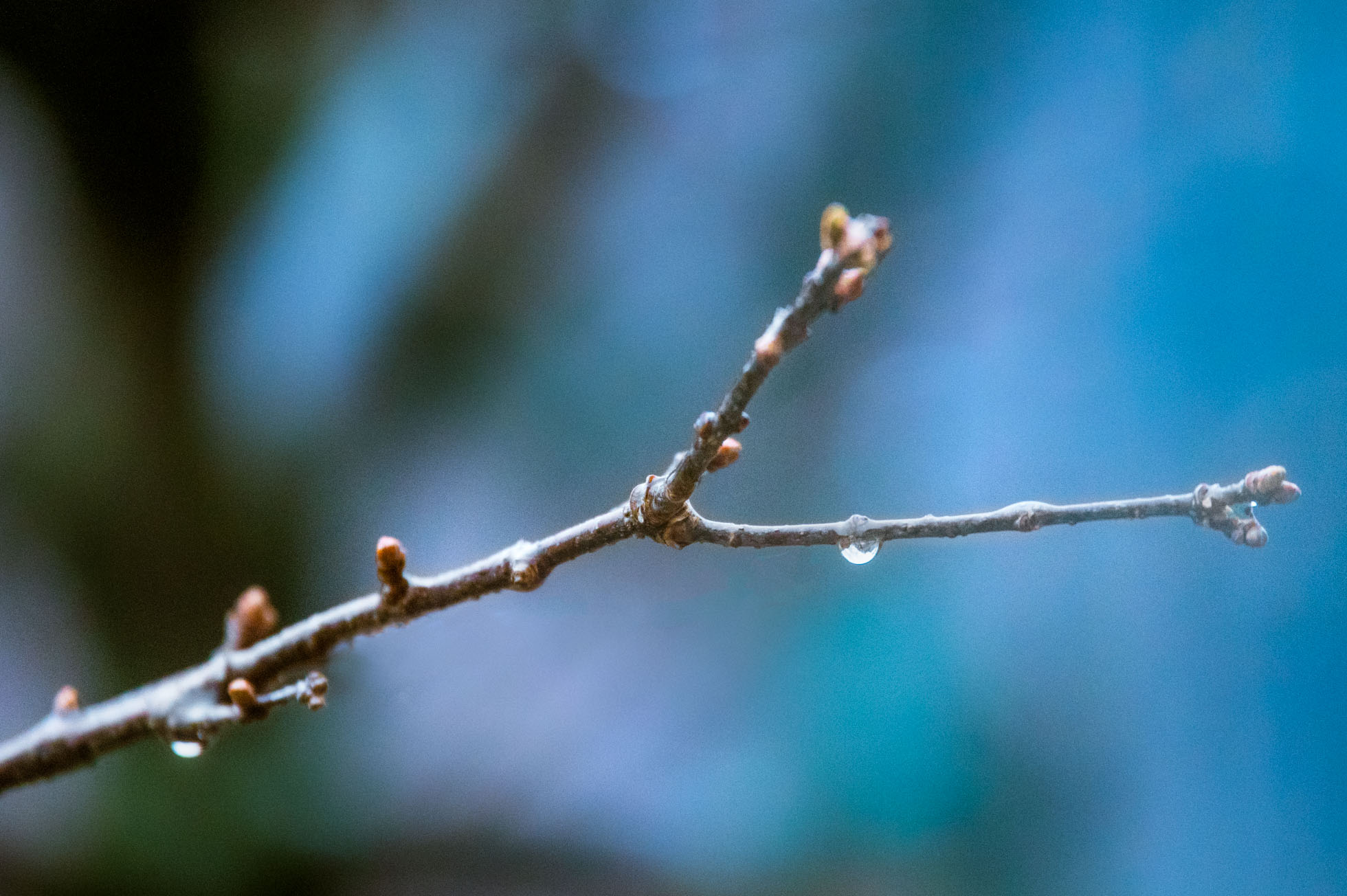
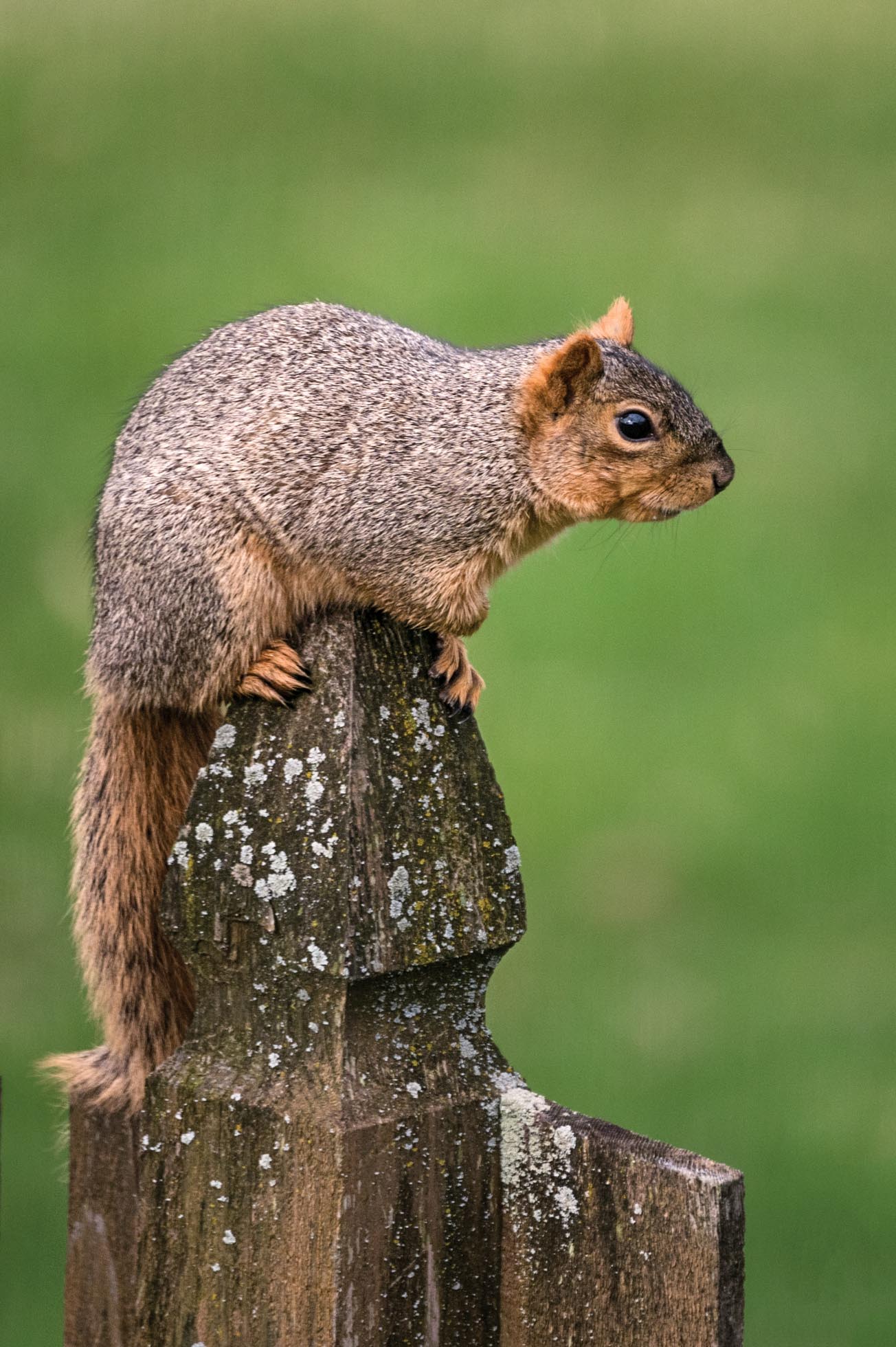
SIGMA 150-600mm DG OS HSM | Contemporary at 600mm on Nikon Z6. 1/1600, F6.3, ISO 1600.
In just a few weeks, I have captured a variety of different images from ducks in a late season snowfall, several different birds, still life, abstracts and even the moon. I look forward to seeing how my project develops as spring blooms here in the Midwest.
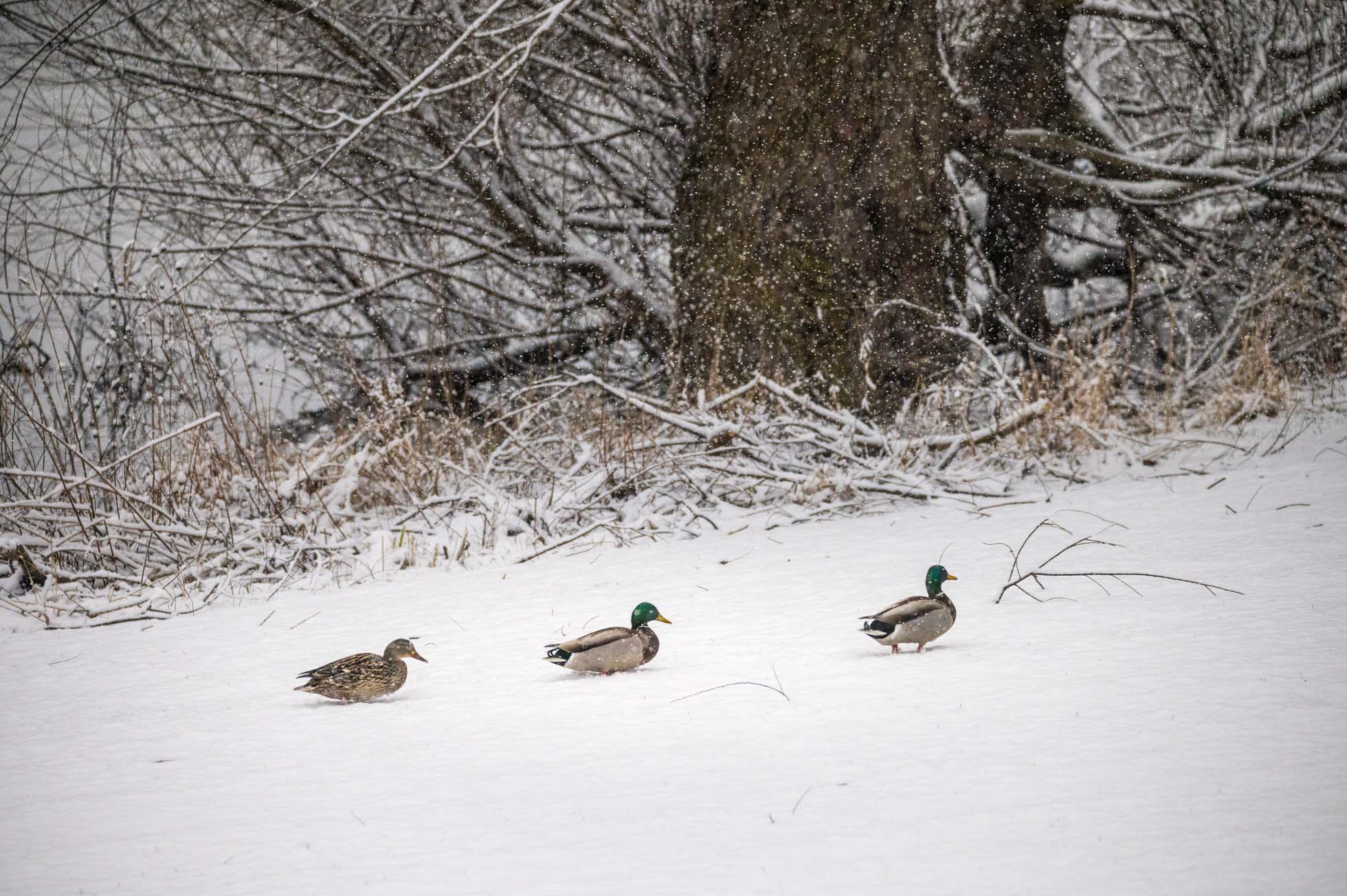
SIGMA 150-600mm DG OS HSM | Contemporary at 310mm on Nikon Z6. 1/2000, F7.1, ISO 4000.
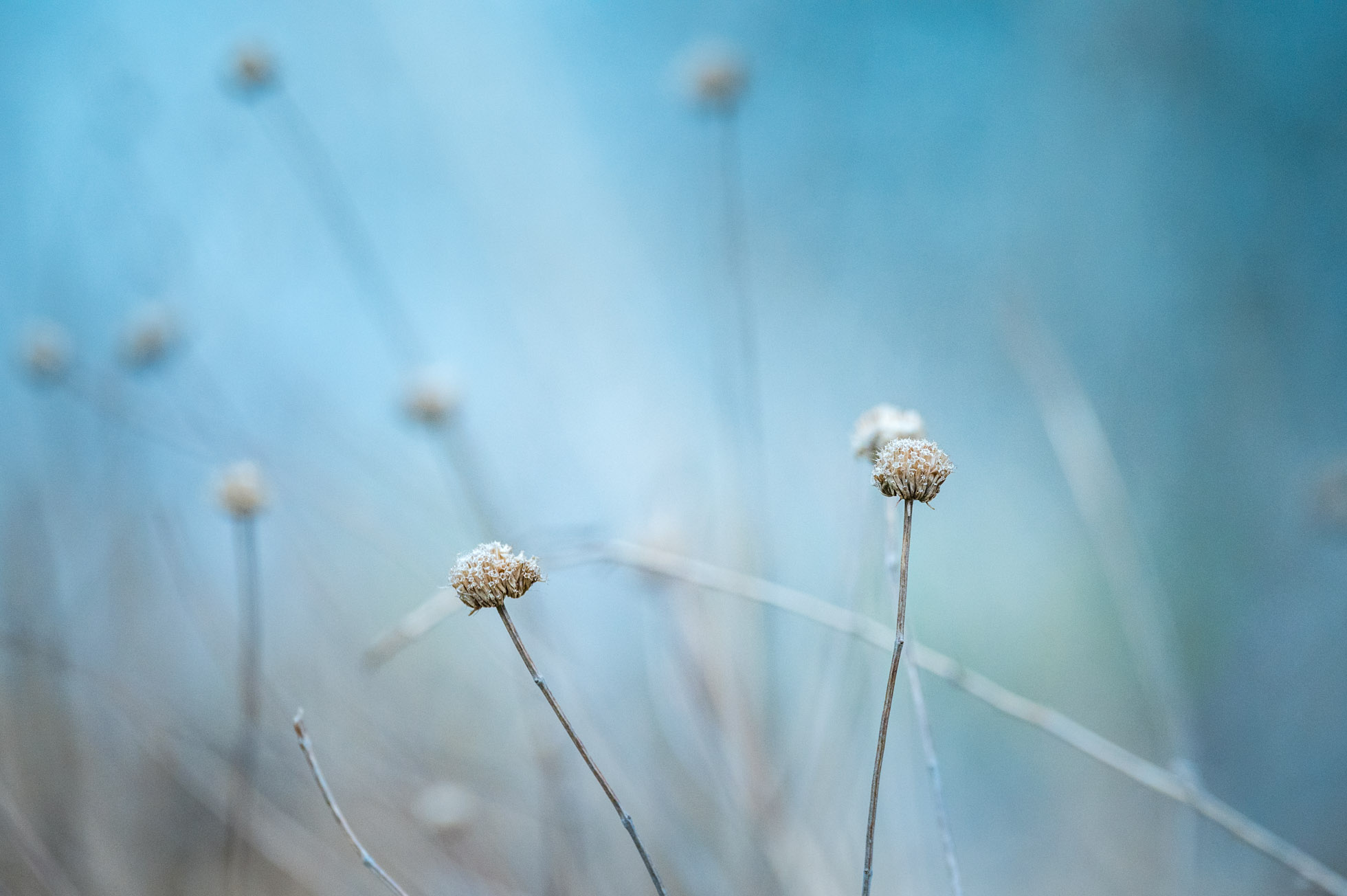
SIGMA 150-600mm DG OS HSM | Contemporary at 480mm on Nikon Z6. 1/3200, F7.1, ISO 4000.
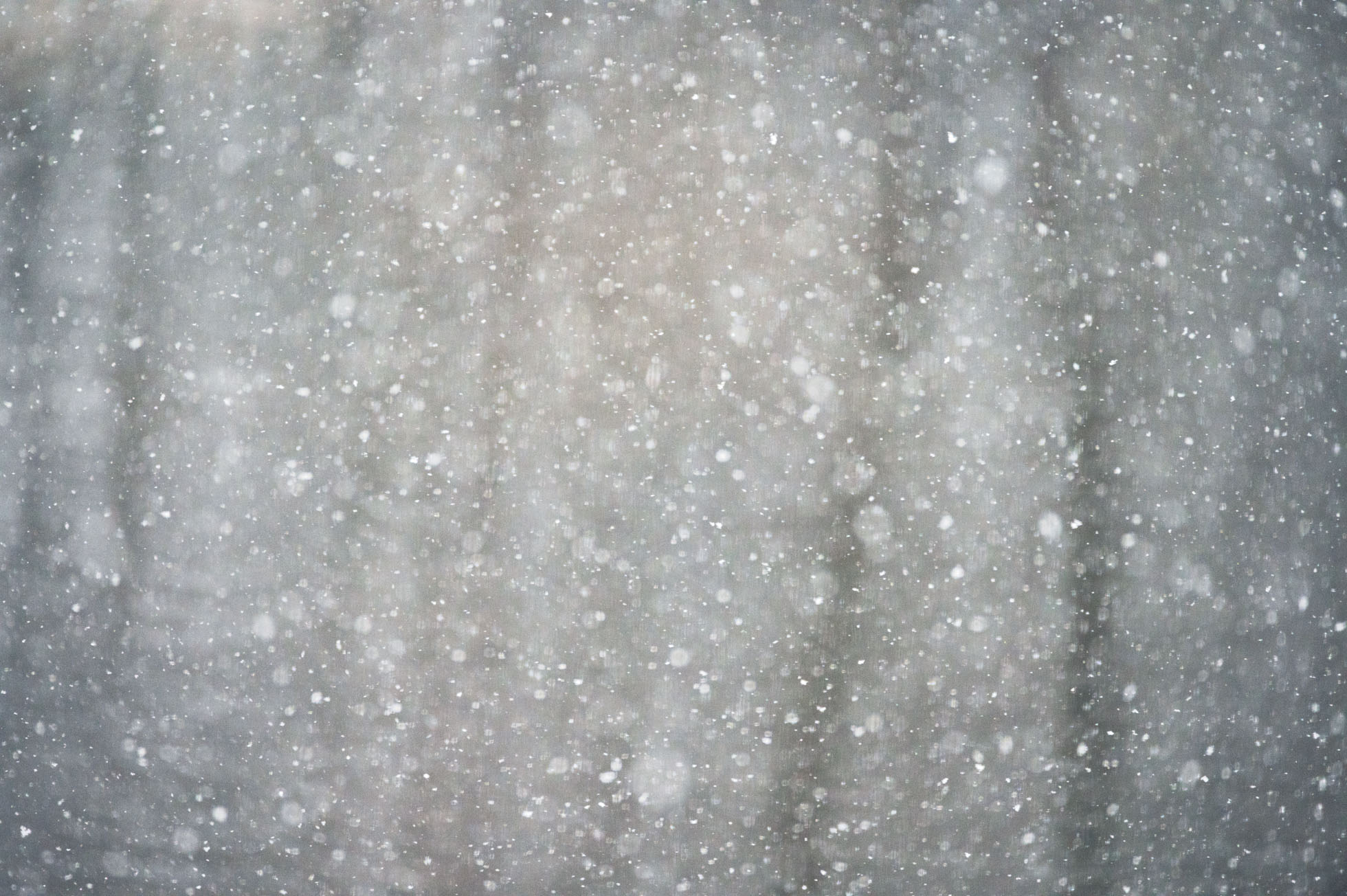
SIGMA 150-600mm DG OS HSM | Contemporary at 480mm on Nikon Z6. 1/1600, F6.3, ISO 2000.
A couple tips if you decide to start using an ultra-telephoto lens like the SIGMA 150-600mm:
- Keep Your Shutter Speed High!
The 150-600 is a beast of a lens! If you are shooting without the stabilization of a tripod or Optical Stabilizer, camera shake may prevent your images from being sharp. I find that 1/1000 is the minimum I need for tack-sharp images. Faster than that is even better. Quite often I will use 1/1600 or 1/2000.
- Don’t be afraid to raise that ISO!
When shooting handheld and at a high shutter speed, you’ll need to crank that ISO. Many of my images are ISO 3200 and up to ISO 6400 depending on the light. It is preferable to raise the ISO and get proper exposure than to keep the ISO lower and underexpose. Better image quality comes with proper exposure.
- Use a tripod or other stabilization when possible.
Sometimes with creatures like birds, we don’t have time to set up a tripod or it becomes too hard to follow them on the tripod. But when possible, a tripod will add stabilization and allow you to lower the shutter speed and keep a lower ISO. If I can place my elbows down on the ground or a fence, etc, I will. It is not as effective as a tripod, but more stable than upright. In lower light, any stabilization you can achieve will be helpful in getting the best image quality.
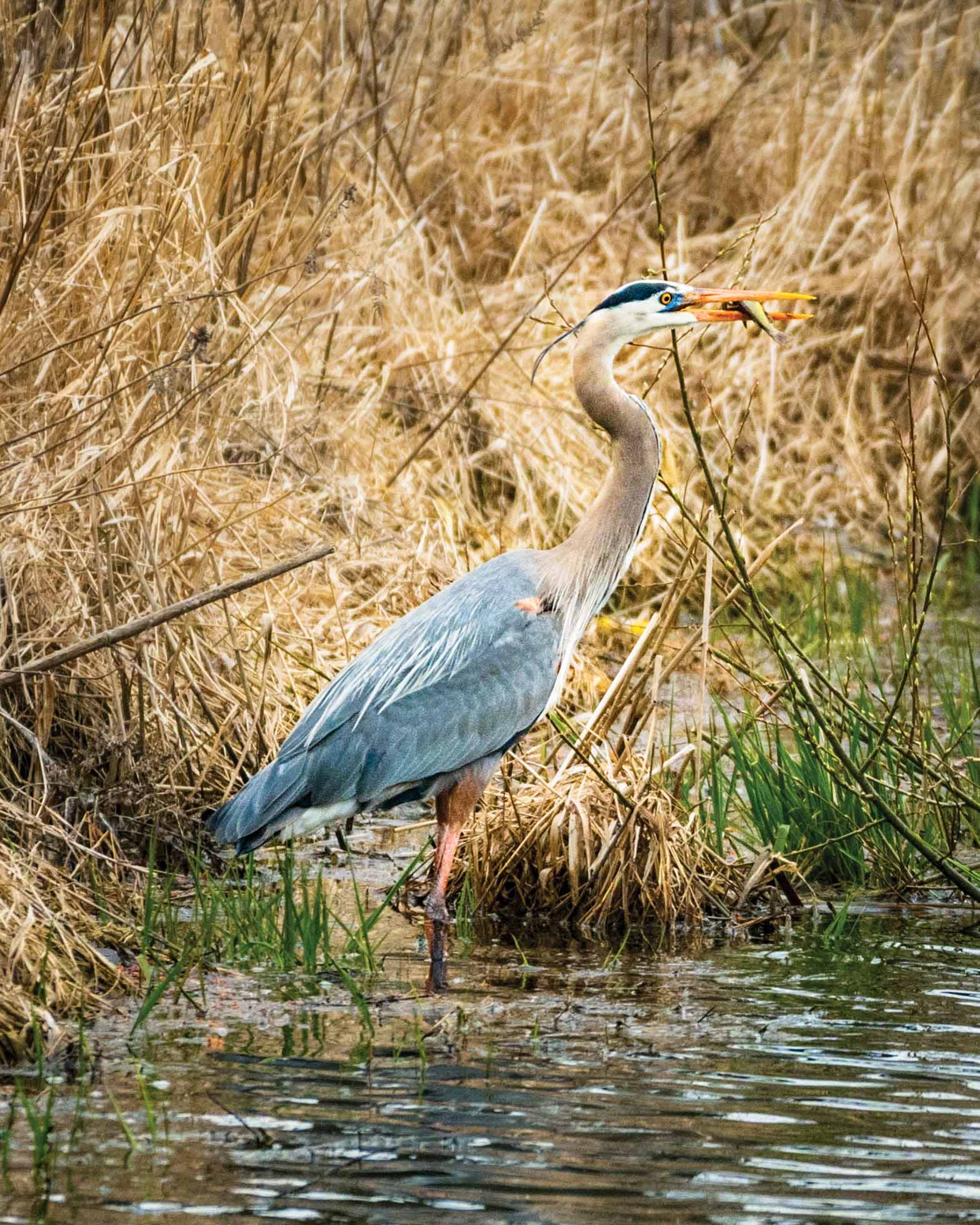
SIGMA 150-600mm DG OS HSM | Contemporary at 600mm on Nikon Z6. 1/3200, F6.3, ISO 2500.

SIGMA 150-600mm DG OS HSM | Contemporary at 600mm on Nikon Z6. 1/2000, F9, ISO 800.
While I didn’t set out in search of a project during these “shelter-at-home” days, I am glad this one found me. It is challenging me to use my skill set to expand my creativity and photograph subjects I don’t typically shoot. And perhaps most importantly, in this time of uncertainty, it is opening my eyes to see and capture unexpected moments of simple beauty in my own backyard.
Visit Kristen’s site for her eBook on landscape photography tips, too!
